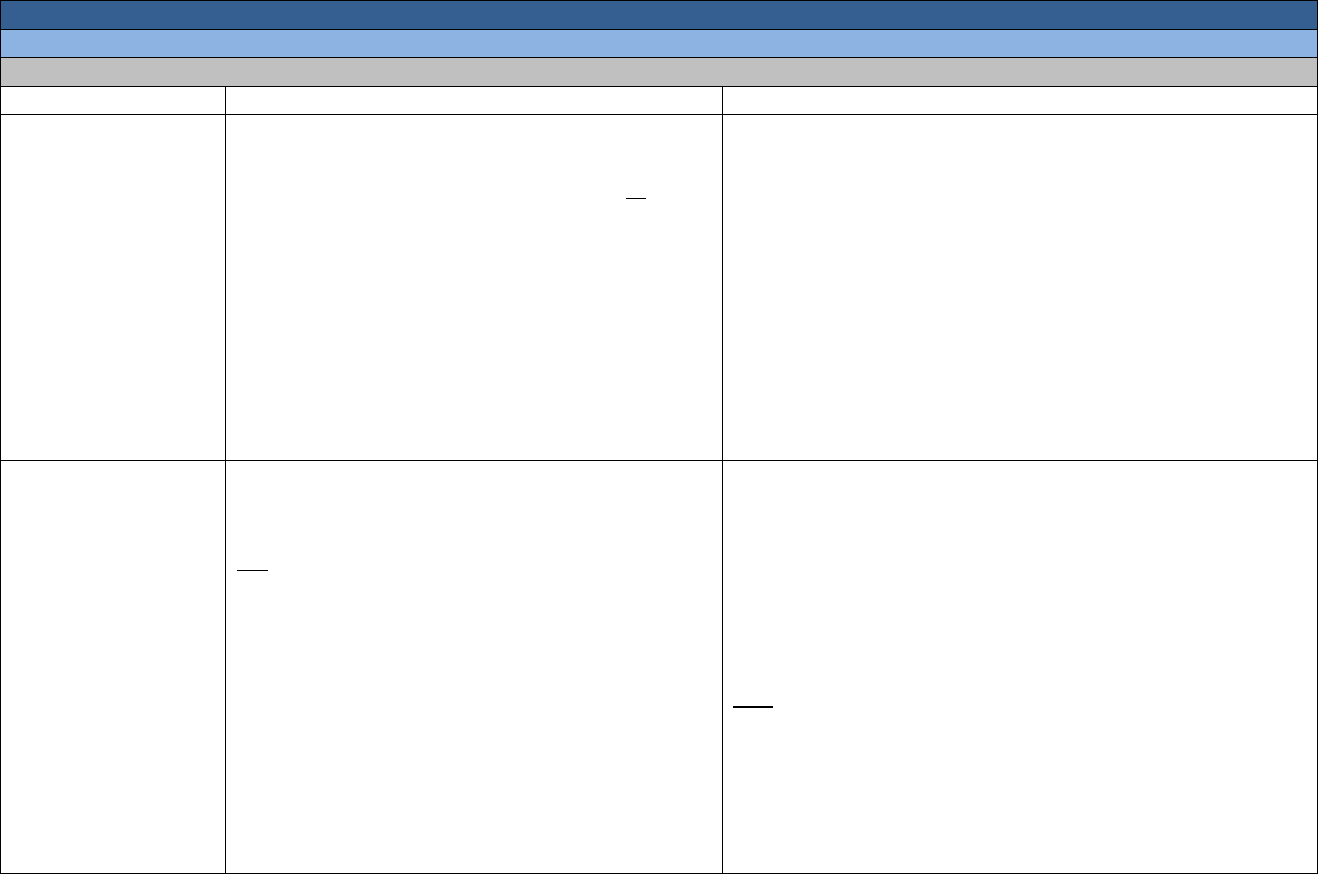
NYSED Grade 2 Draft
New York State Next Generation Mathematics Learning Standards
Grade 2 Crosswalk
Operations and Algebraic Thinking
Cluster
NYS P-12 CCLS
NYS Next Generation Learning Standard
Represent and solve
problems involving
addition and
subtraction.
2.OA.1 Use addition and subtraction within 100 to solve
one- and two-step word problems involving situations of
adding to, taking from, putting together, taking apart, and
comparing, with unknowns in all positions, e.g., by using
drawings and equations with a symbol for the unknown
number to represent the problem.
NY-2.OA.1a Use addition and subtraction within 100 to solve one-step
word problems involving situations of adding to, taking from, putting
together, taking apart, and comparing, with unknowns in all positions.
e.g., using drawings and equations with a symbol for the unknown
number to represent the problem.
NY-2.OA.1b Use addition and subtraction within 100 to develop an
understanding of solving two-step word problems involving situations
of adding to, taking from, putting together, taking apart, and
comparing, with unknowns in all positions.
e.g., using drawings and equations with a symbol for the unknown
number to represent the problem.
Add and subtract
within 20.
2.OA.2 Fluently add and subtract within 20 using mental
strategies. By end of Grade 2, know from memory all
sums of two one-digit numbers.
Note: See standard 1.OA.6 for a list of mental strategies.
NY-2.OA.2a Fluently add and subtract within 20 using mental
strategies. Strategies could include:
• counting on;
• making ten;
• decomposing a number leading to a ten;
• using the relationship between addition and subtraction; and
• creating equivalent but easier or known sums.
Note: Fluency involves a mixture of just knowing some answers,
knowing some answers from patterns, and knowing some answers
from the use of strategies.
NY-2.OA.2b Know from memory all sums within 20 of two one-digit
numbers.

NYSED Grade 2 Draft
New York State Next Generation Mathematics Learning Standards
Grade 2 Crosswalk
Operations and Algebraic Thinking
Cluster
NYS P-12 CCLS
NYS Next Generation Learning Standard
Work with equal
groups of objects to
gain foundations for
multiplication.
2.OA.3 Determine whether a group of objects (up to 20) has
an odd or even number of members, e.g., by pairing objects
or counting them by 2’s; write an equation to express an
even number as a sum of two equal addends.
NY-2.OA.3a Determine whether a group of objects (up to 20) has an
odd or even number of members.
e.g., by pairing objects or counting them by 2’s.
NY-2.OA.3b Write an equation to express an even number as a sum of
two equal addends.
2.OA.4 Use addition to find the total number of objects
arranged in rectangular arrays with up to 5 rows and up to 5
columns; write an equation to express the total as a sum of
equal addends.
NY-2.OA.4 Use addition to find the total number of objects arranged
in rectangular arrays with up to 5 rows and up to 5 columns. Write an
equation to express the total as a sum of equal addends.
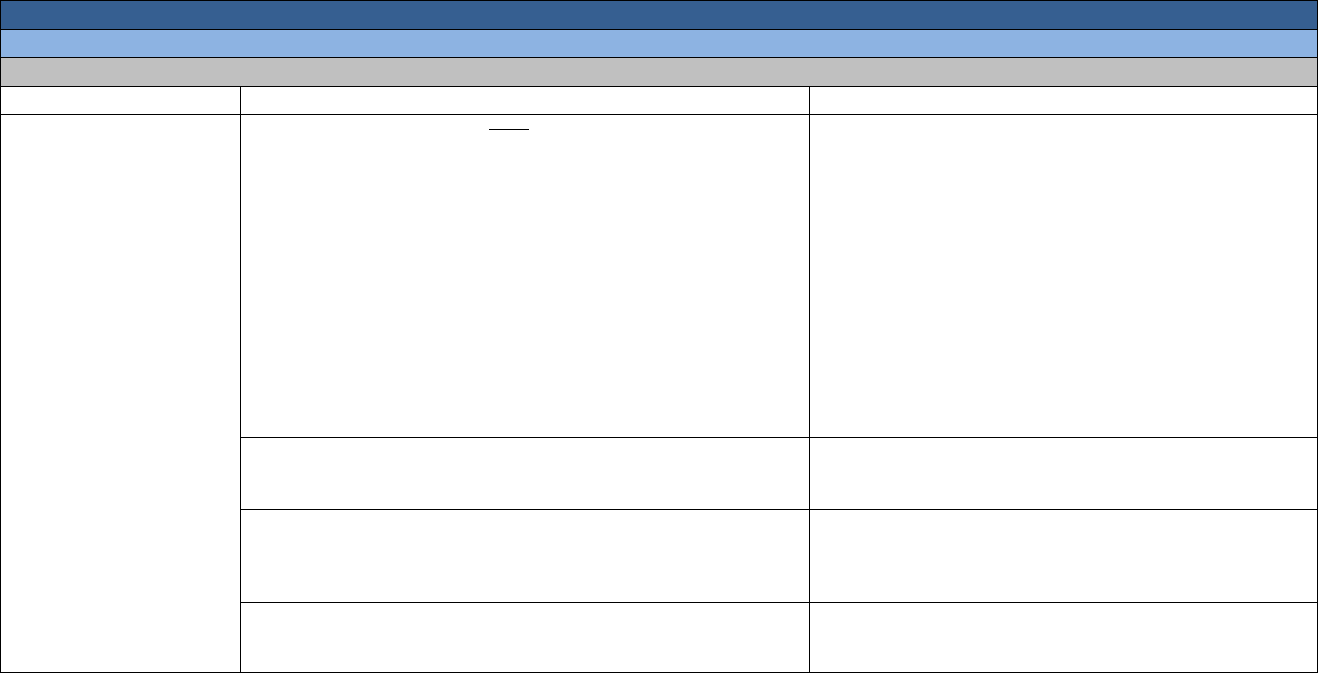
NYSED Grade 2 Draft
New York State Next Generation Mathematics Learning Standards
Grade 2 Crosswalk
Number and Operations in Base Ten
Cluster
NYS P-12 CCLS
NYS Next Generation Learning Standard
Understand place value.
2.NBT.1 Understand that the three digits of a three-digit number
represent amounts of hundreds, tens, and ones; e.g., 706 equals 7
hundreds, 0 tens, and 6 ones. Understand the following as special
cases:
a. 100 can be thought of as a bundle of ten tens — called a
“hundred.”
b. The numbers 100, 200, 300, 400, 500, 600, 700, 800, 900 refer to
one, two, three, four, five, six, seven, eight, or nine hundreds (and 0
tens and 0 ones).
NY-2.NBT.1 Understand that the digits of a three-digit
number represent amounts of hundreds, tens, and ones.
e.g., 706 equals 7 hundreds, 0 tens, and 6 ones.
NY-2.NBT.1a Understand 100 can be thought of as a
bundle of ten tens, called a "hundred."
NY-2.NBT.1b Understand the numbers 100, 200, 300,
400, 500, 600, 700, 800, 900 refer to one, two, three, four,
five, six, seven, eight, or nine hundreds (and 0 tens and 0
ones).
2.NBT. 2 Count within 1000; skip-count by 5’s, 10’s, and 100’s.
NY-2.NBT. 2 Count within 1000; skip-count by 5’s, 10’s,
and 100’s.
2.NBT. 3 Read and write numbers to 1000 using base-ten numerals,
number names, and expanded form.
NY-2.NBT. 3 Read and write numbers to 1000 using base-
ten numerals, number names, and expanded form.
e.g., expanded form: 237 = 200 + 30 + 7
2.NBT.4 Compare two three-digit numbers based on meanings of
the hundreds, tens, and ones digits, using >, =, and < symbols to
record the results of comparisons.
NY-2.NBT.4 Compare two three-digit numbers based on
meanings of the hundreds, tens, and ones digits, using >, =,
and < symbols to record the results of comparisons.
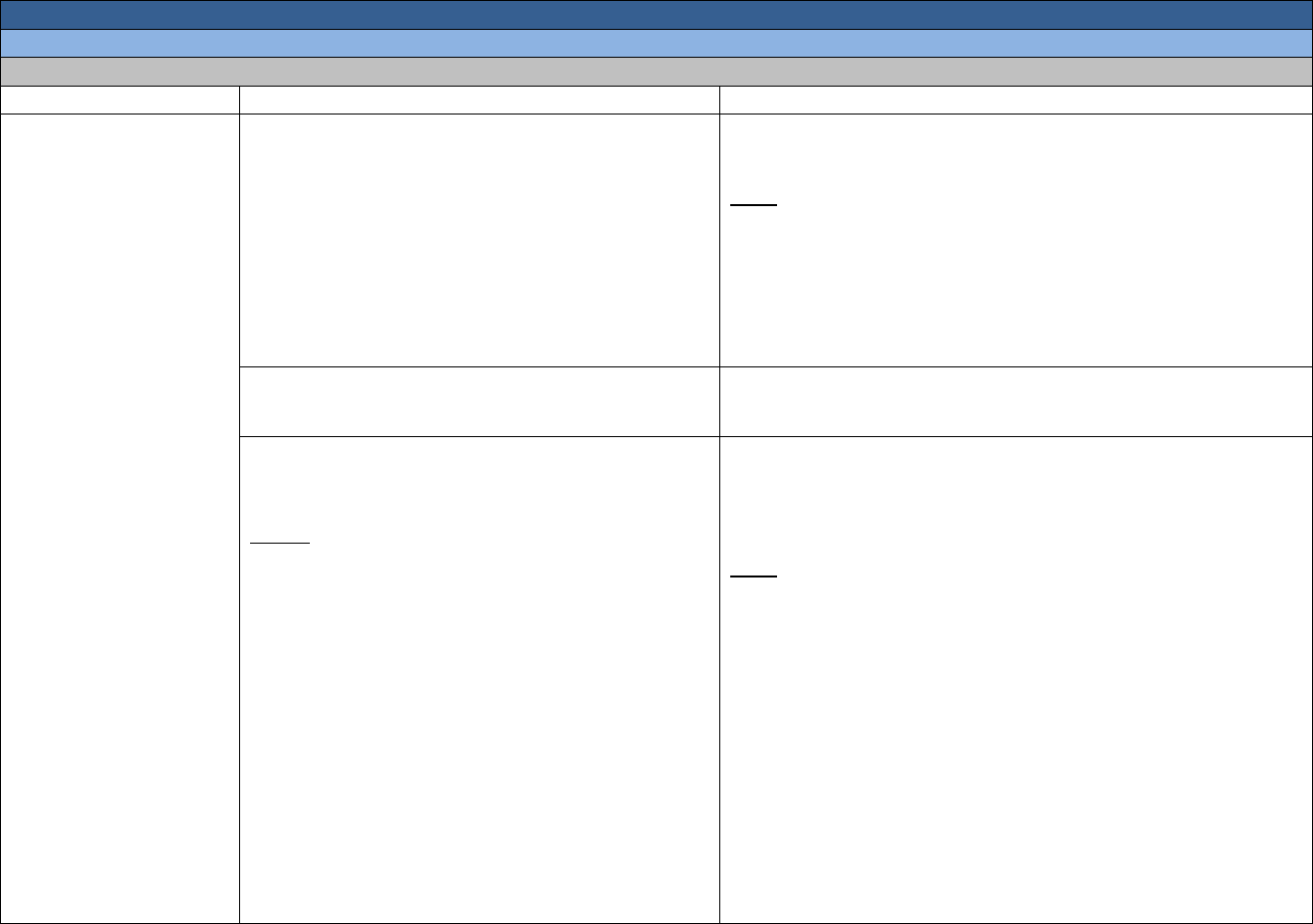
NYSED Grade 2 Draft
New York State Next Generation Mathematics Learning Standards
Grade 2 Crosswalk
Number and Operations in Base Ten
Cluster
NYS P-12 CCLS
NYS Next Generation Learning Standard
Use place value
understanding and
properties of operations
to add and subtract.
2.NBT.5 Fluently add and subtract within 100 using
strategies based on place value, properties of operations,
and/or the relationship between addition and subtraction.
NY-2.NBT.5 Fluently add and subtract within 100 using strategies
based on place value, properties of operations, and/or the relationship
between addition and subtraction.
Notes: Students should be taught to use strategies based on place
value, properties of operations, and the relationship between
addition and subtraction; however, when solving any problem,
students can choose any strategy.
Fluency involves a mixture of just knowing some answers, knowing
some answers from patterns, and knowing some answers from the
use of strategies.
2.NBT.6 Add up to four two-digit numbers using
strategies based on place value and properties of
operations.
NY-2.NBT.6 Add up to four two-digit numbers using strategies based
on place value and properties of operations.
2.NBT.7 Add and subtract within 1000, using concrete
models or drawings and strategies based on place value,
properties of operations, and/or the relationship between
addition and subtraction; relate the strategy to a written
method. Understand that in adding or subtracting three-
digit numbers, one adds or subtracts hundreds and
hundreds, tens and tens, ones and ones; and sometimes it
is necessary to compose or decompose tens or hundreds.
NY-2.NBT.7a Add and subtract within 1000, using
• concrete models or drawings, and
• strategies based on place value, properties of operations,
and/or the relationship between addition and subtraction.
Relate the strategy to a written representation.
Notes:
Students should be taught to use concrete models and drawings; as
well as strategies based on place value, properties of operations,
and the relationship between addition and subtraction. When
solving any problem, students can choose to use a concrete model
or a drawing. Their strategy must be based on place value,
properties of operations, and/or the relationship between addition
and subtraction.
A written representation is any way of representing a strategy using
words, pictures, or numbers.
NY-2.NBT.7b Understand that in adding or subtracting up to three-
digit numbers, one adds or subtracts hundreds and hundreds, tens and
tens, ones and ones, and sometimes it is necessary to compose or
decompose tens or hundreds.

NYSED Grade 2 Draft
New York State Next Generation Mathematics Learning Standards
Grade 2 Crosswalk
Number and Operations in Base Ten
Cluster
NYS P-12 CCLS
NYS Next Generation Learning Standard
Use place value
understanding and
properties of operations
to add and subtract.
2.NBT.8 Mentally add 10 or 100 to a given number 100–
900, and mentally subtract 10 or 100 from a given
number 100–900.
NY-2.NBT.8 Mentally add 10 or 100 to a given number 100-900, and
mentally subtract 10 or 100 from a given number 100-900.
2.NBT.9 Explain why addition and subtraction strategies
work, using place value and the properties of operations.
Note: Explanations may be supported by drawings or objects.
NY-2.NBT.9 Explain why addition and subtraction strategies
work, using place value and the properties of operations.
Note: Explanations may be supported by drawings or objects.

NYSED Grade 2 Draft
New York State Next Generation Mathematics Learning Standards
Grade 2 Crosswalk
Measurement and Data
Cluster
NYS P-12 CCLS
NYS Next Generation Learning Standard
Measure and estimate
lengths in standard units.
2.MD.1 Measure the length of an object by selecting and
using appropriate tools such as rulers, yardsticks, meter
sticks, and measuring tapes.
NY-2.MD.1 Measure the length of an object to the nearest whole by
selecting and using appropriate tools such as rulers, yardsticks, meter
sticks, and measuring tapes.
2.MD.2 Measure the length of an object twice, using
length units of different lengths for the two
measurements; describe how the two measurements
relate to the size of the unit chosen.
NY-2.MD.2 Measure the length of an object twice, using different
“length units” for the two measurements; describe how the two
measurements relate to the size of the unit chosen.
2.MD.3 Estimate lengths using units of inches, feet,
centimeters, and meters.
NY-2.MD.3 Estimate lengths using units of inches, feet, centimeters,
and meters.
2.MD.4 Measure to determine how much longer one
object is than another, expressing the length difference in
terms of a standard-length unit.
NY-2.MD.4 Measure to determine how much longer one object is than
another, expressing the length difference in terms of a standard “length
unit.”
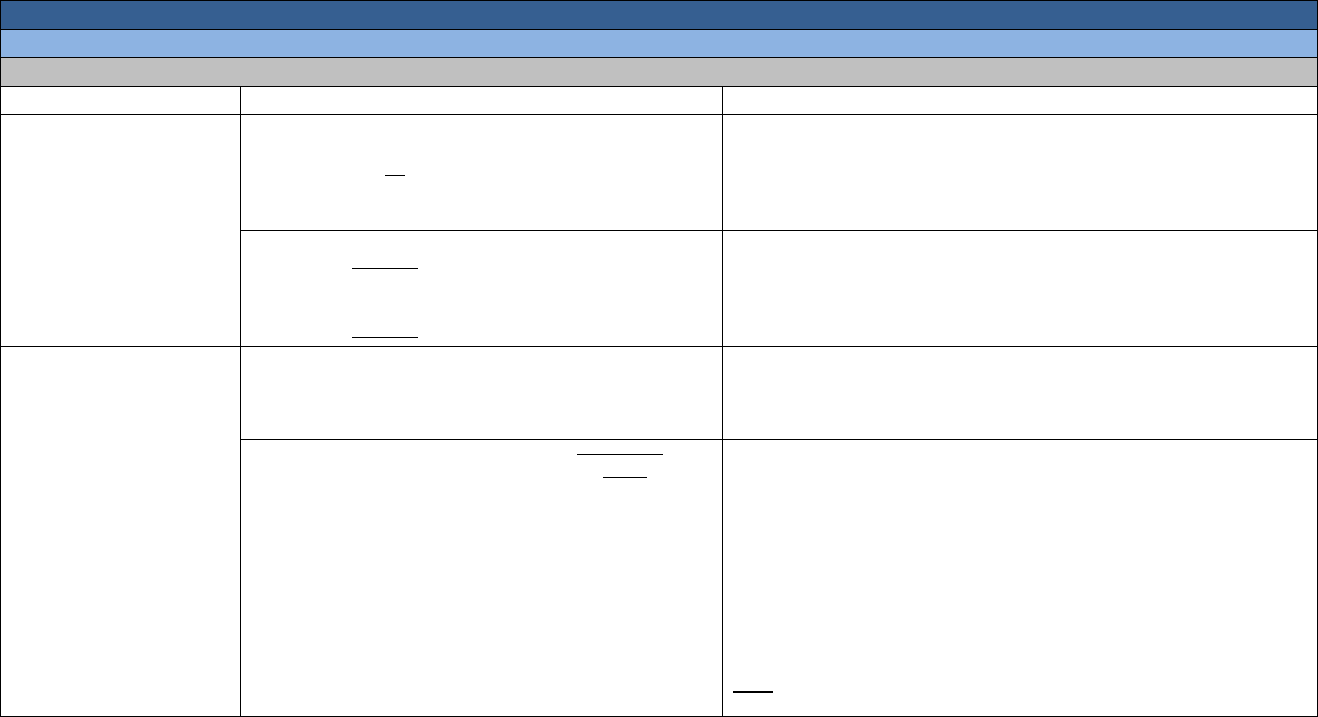
NYSED Grade 2 Draft
New York State Next Generation Mathematics Learning Standards
Grade 2 Crosswalk
Measurement and Data
Cluster
NYS P-12 CCLS
NYS Next Generation Learning Standard
Relate addition and
subtraction to length.
2.MD.5 Use addition and subtraction within 100 to solve
word problems involving lengths that are given in the
same units, e.g., by using drawings (such as drawings of
rulers) and equations with a symbol for the unknown
number to represent the problem.
NY-2.MD.5 Use addition and subtraction within 100 to solve word
problems involving lengths that are given in the same units.
e.g., using drawings and equations with a symbol for the unknown
number to represent the problem.
2.MD.6 Represent whole numbers as lengths from 0 on a
number line diagram with equally spaced points
corresponding to the numbers 0, 1, 2, ..., and represent
whole-number sums and differences within 100 on a
number line diagram.
NY-2.MD.6 Represent whole numbers as lengths from 0 on a number
line with equally spaced points corresponding to the numbers
0, 1, 2, …, and represent whole-number sums and differences within
100 on a number line.
Work with time and
money.
2.MD.7 Tell and write time from analog and digital
clocks to the nearest five minutes, using a.m. and p.m.
NY-2.MD.7 Tell and write time from analog and digital clocks in five-
minute increments, using a.m. and p.m. Develop an understanding
of common terms, such as, but not limited to, quarter past, half
past, and quarter to.
2.MD.8 Solve word problems involving dollar bills,
quarters, dimes, nickels, and pennies, using $ and ¢
symbols appropriately. Example: If you have 2 dimes
and 3 pennies, how many cents do you have?
NY-2.MD.8a Count a mixed collection of coins whose sum is less
than or equal to one dollar.
e.g., If you have 2 quarters, 2 dimes and 3 pennies, how many cents do
you have?
NY-2.MD.8b Solve real world and mathematical problems within one
dollar involving quarters, dimes, nickels, and pennies, using the ¢
(cent) symbol appropriately.
Note: Students are not introduced to decimals, and therefore the
dollar symbol, until Grade 4.

NYSED Grade 2 Draft
New York State Next Generation Mathematics Learning Standards
Grade 2 Crosswalk
Measurement and Data
Cluster
NYS P-12 CCLS
NYS Next Generation Learning Standard
Represent and interpret
data.
2.MD.9 Generate measurement data by measuring lengths of
several objects to the nearest whole unit, or by making repeated
measurements of the same object. Show the measurements by
making a line plot, where the horizontal scale is marked off in
whole-number units.
NY-2.MD.9 Generate measurement data by measuring
lengths of several objects to the nearest whole unit, or by
making repeated measurements of the same object. Present
the measurement data in a line plot, where the horizontal
scale is marked off in whole-number units.
2.MD.10 Draw a picture graph and a bar graph (with single-unit
scale) to represent a data set with up to four categories. Solve
simple put-together, take-apart, and compare problems using
information presented in a bar graph.
NY-2.MD.10 Draw a picture graph and a bar graph (with
single-unit scale) to represent a data set with up to four
categories. Solve simple put-together, take-apart, and
compare problems using information presented in a picture
graph or a bar graph.
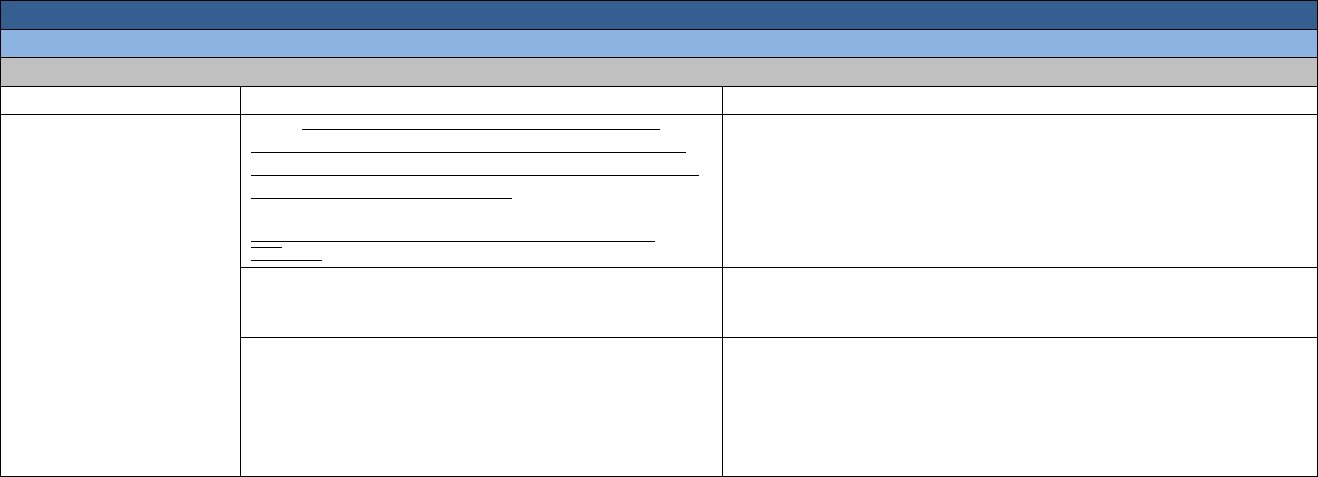
NYSED Grade 2 Draft
New York State Next Generation Mathematics Learning Standards
Grade 2 Crosswalk
Geometry
Cluster
NYS P-12 CCLS
NYS Next Generation Learning Standard
Reason with shapes and
their attributes.
2.G.1 Recognize and draw shapes having specified
attributes, such as a given number of angles or a given
number of equal faces. Identify triangles, quadrilaterals,
pentagons, hexagons, and cubes.
Note: Sizes are compared directly or visually, not compared by
measuring.
NY-2.G.1 Classify two-dimensional figures as polygons or
non-polygons.
2.G.2 Partition a rectangle into rows and columns of
same-size squares and count to find the total number of
them.
NY-2.G.2 Partition a rectangle into rows and columns of same-size
squares and count to find the total number of them.
2.G.3 Partition circles and rectangles into two, three, or
four equal shares, describe the shares using the words
halves, thirds, half of, a third of, etc., and describe the
whole as two halves, three thirds, four fourths.
Recognize that equal shares of identical wholes need not
have the same shape.
NY-2.G.3 Partition circles and rectangles into two, three, or four equal
shares. Describe the shares using the words halves, thirds, half of, a
third of, etc. Describe the whole as two halves, three thirds, four
fourths. Recognize that equal shares of identical wholes need not have
the same shape.
